story by Justin Klugh
illustrations by Nicholas Massarelli
Furniture built from mushroom spores? Zero-energy houses? Dreamers and doers at our region’s colleges and universities are committing to a sustainable future where clean air and water, sensible energy use and social entrepreneurship are the norm. Here are six of the many products and services we saw that we think could make a difference.
1. Oil Refinery App
Drexel University, Gwen Ottinger
For communities situated close to oil refineries, there are short and long-term dangers caused by the facilities’ toxic output. Even when activists have successfully lobbied for data on refineries’ environmental effects, raw numbers require translation into actual consequences.
Drexel University Assistant Professor Gwen Ottinger and her team are developing an app to make residents themselves a part of the data collection by connecting them to a real-time interface. “If you can click the period of chemical concentrations and say, ‘I had a sore throat when this happened,’ ‘I was short of breath when this happened,’ you are collecting that experiential data,” she explains. “Over time, you get an accumulation that makes a case about what is the effect of living next to a refinery on people’s health and quality of life.”
Ottinger’s next move is to go to the source, refinery community residents themselves, to determine how beneficial the app’s current capabilities would actually be for them. “Big data requires curious thinking,” she says. “Whatever we build with the participation of communities will, I hope, be a gold standard to accompany what we need in terms of monitoring.”
2. Water Filtration System
St. Joseph’s University, Catalina Arango
Nine years ago, a group of St. Joseph’s students returning from Tanzania began a research project with the goal of developing a cheap means of water filtration that was also easy to build and operate. Associate Professor Catalina Arango was eventually enlisted to help test the resulting $12 slow-sand water filter made out of two 5-gallon buckets, a spigot, gravel, mesh and 50 pounds of sand, on the top of which forms an overlay of algae and bacteria that halts the advance of contaminants.
“We decided that was not enough,” Arango says. “We really wanted to make sure we could teach the people that use it how to use it.”
In optimal conditions, they now know 60 liters of water need to pass through the filter in order for it to function appropriately. Conveying critical aspects of the filter’s usage is considered as much a part of the venture as the filter itself.
“This project is about more than science,” Arango says.
3. Building Energy Waste Detection Program
Drexel University, Jin Wen
Walking down the street in Philadelphia, you actually pass a lot of the region’s most frivolous energy-guzzlers.
“In most countries, including the U.S. and most developed countries, buildings consume about 40 percent of the primary energy,” says Drexel University Associate Professor Jin Wen. “If you look further into how the energy is consumed, typically at least one-third is wasted because of a malfunctioning system.”
This includes automated lights that don’t turn off or venting systems that bring in more cold air for the system to heat without any benefit. With backing from the Department of Energy, Wen and the rest of her team over the last five years have been developing a data-driven strategy to monitor and diagnose issues within a building’s mechanical systems. The result has been an automatic software tool that can be made a part of a building’s automated system or used through a cloud-based format to identify issues and provide suggestions to avoid energy waste and improve indoor environmental quality. It is currently licensed to a company called KGS Buildings, as well as a new startup company.
“It’s much cheaper than any market-available solution,” Wen says.
4. Net Zero Tiny House
Temple University, Katherine Switala-Elmhurst
The concept of green buildings isn’t limited to one campus. In North Philly, Temple University is putting together a sustainable structure of its own, only on a much tinier scale.
Two years ago, a need for programming space at the Temple Community Garden led to interdisciplinary faculty members holding a charrette. Thirty students attended and generated seven designs for the construction of a fully sustainable tiny house.
“It is a student organization, but the idea is outreach to the local community,” says Katherine Switala-Elmhurst, program manager for Temple’s Office of Sustainability. “This is a first-of-its-kind project at Temple. Students of different disciplines are working together in a real world environment—architects, engineers, liberal arts students. It’s a great project to highlight sustainable features of buildings.”
The final design will have solar panels and a green roof and will be constructed solely out of sustainable materials. “It’s really kind of a showcase building to highlight not only what Temple is doing, but also a sustainable building.”
5. The Rad Dish Café
Temple University, Kathleen Grady and Lauren Cooper
The tiny house isn’t the only thing bringing Owls together on Temple’s campus. The Rad Dish Café, a restaurant using food sources from a 150-mile radius of Philadelphia (those it can’t get within that distance are still fair trade and organic) has been operating for over a year, with help from a burgeoning co-op movement in Philadelphia and CoFED, a national “Cooperative Food Empowerment Directive.”
“Rad Dish serves as a project-based learning tool for the students,” says Kathleen Grady. “It’s not just students from Fox [School of Business] and our environmental studies program; it’s students from a number of different schools—folks from Tyler [School of Art], folks from social work.”
Classes have even developed that tie into the Rad Dish. Last year, the café worked with a sustainable marketing course to develop outreach strategies. It has become a central hub where students can meet and re-fuel, while those working behind the scenes continue their education.
“I’d like to see more student-run businesses,” says student worker Lauren Cooper. “It’s been really empowering to have this place on campus.”
6. Blackstone LaunchPad
Philadelphia University, Zoe McKinley
Sometimes innovators can use a little coaching to get their big idea off the ground. The Blackstone LaunchPad program at Philadelphia University aids burgeoning entrepreneurs as they conceive and develop products.
“We focus on advising students, faculty, staff and alumni on their entrepreneurial lives,” says Zoe McKinley, executive director of Blackstone LaunchPad at Philadelphia University. Her background in urban planning and economic development took her into the world of entrepreneurship, “as a way to create opportunities for communities. That sort of got me fired up about social enterprise.”
Blackstone has resulted in an inspiring number of ideas passing through McKinley’s office that are intended to contribute to creating a sustainable economy.
“I had a student last semester who was working on a line of products made from mushroom spores,” McKinley says. “He was growing different planters and things out of the mushroom material and experimenting with ways that you could actually make something that was entirely sustainable and biodegradable that you could use for a while and let it go back to the earth.”
“It’s about value creation,” McKinley says. “And I’m seeing a lot of that from students.”


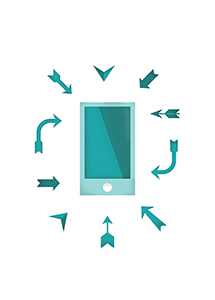
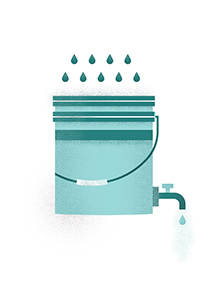
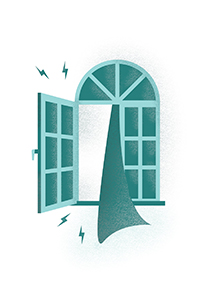


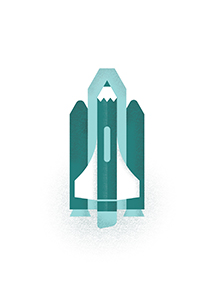
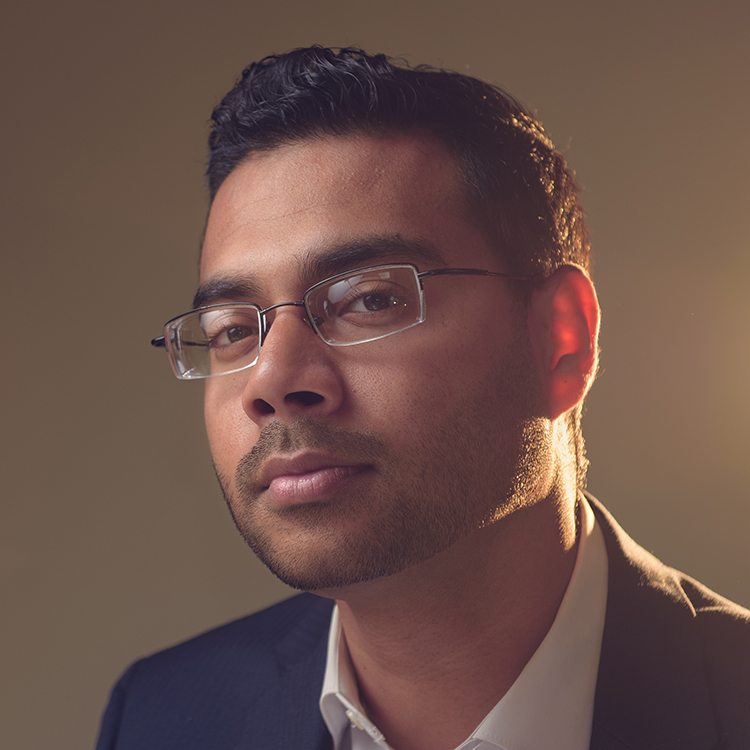

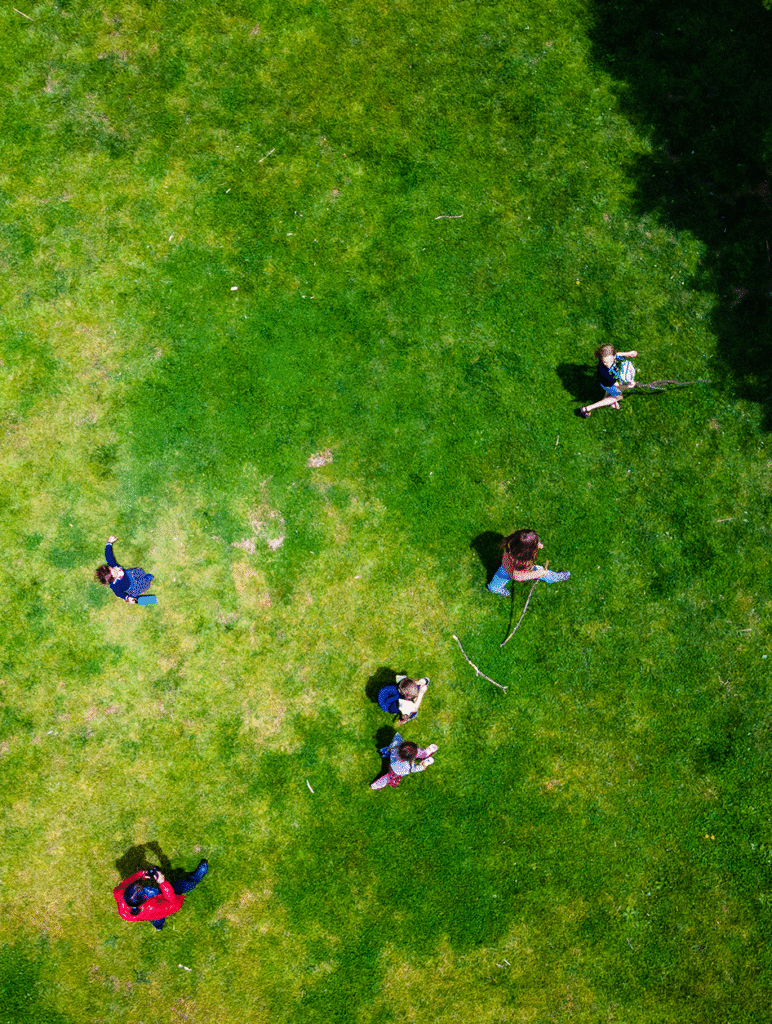
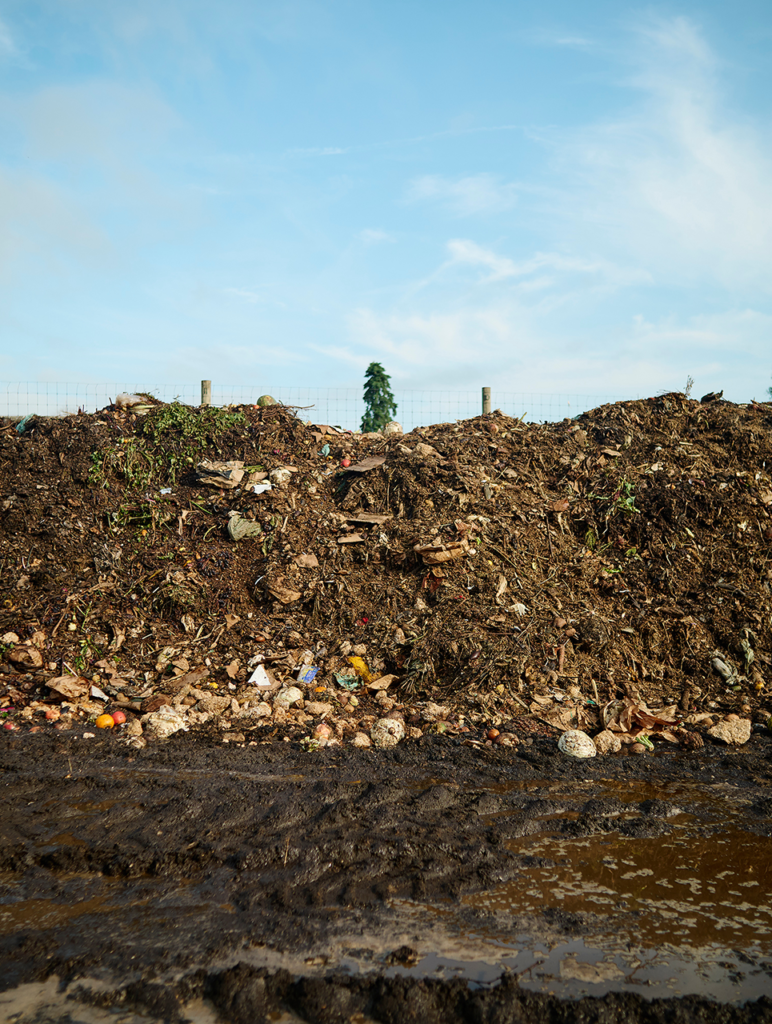
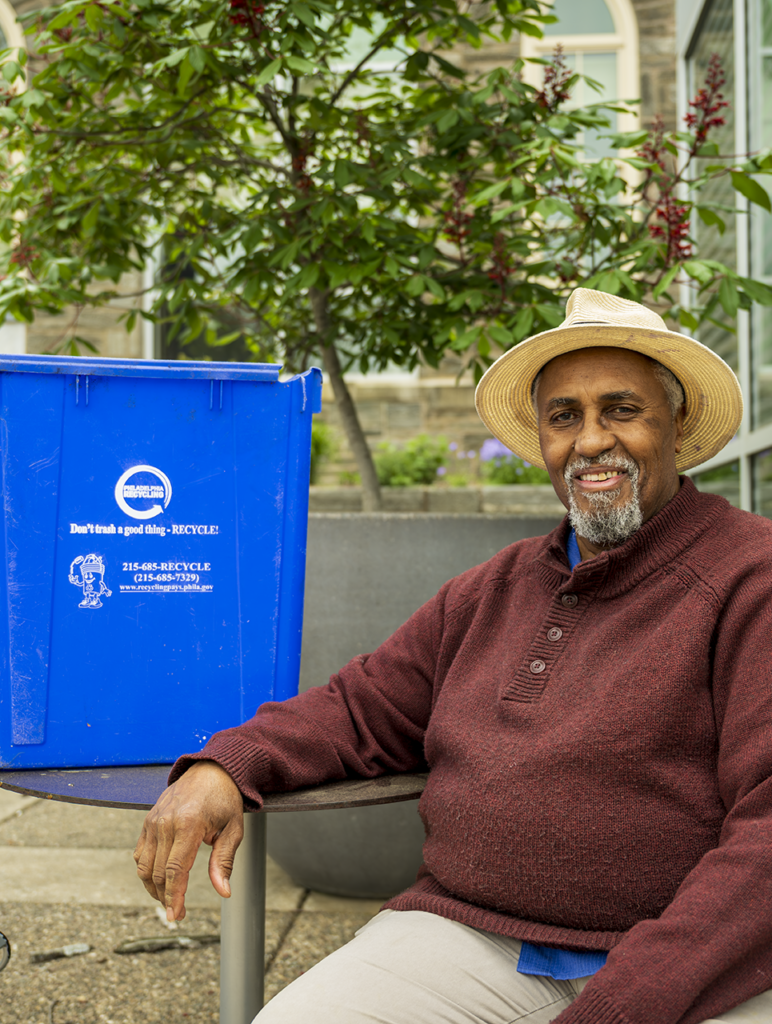
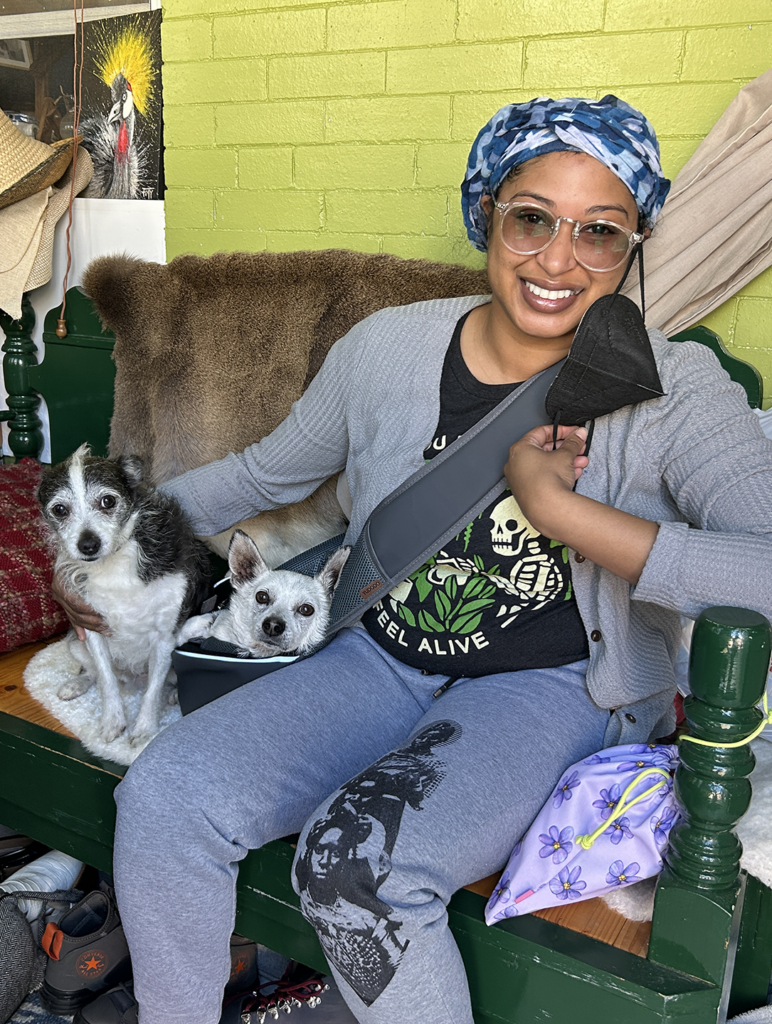
Lauren Trooper!